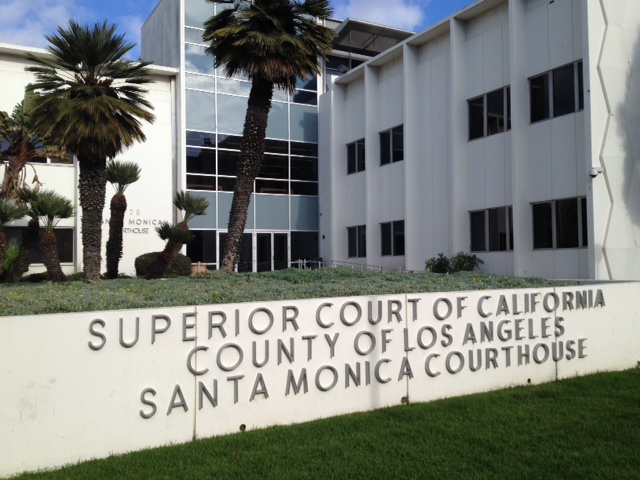Groups opposing Los Angeles Superior Courts cutbacks have taken their cases to a state court after a federal court judge decided not to rule on their argument. They say the state-level effort is to cover their bases while planning an appeal on the federal dismissal. The Inland Valley Daily Bulletin is quoting Maria Palomares, a lawyer working with the Neighborhood Legal Services organization, as explaining that, said the appeals court should act urgently to reverse the policy, implemented March 18, that would cram the county’s 70,000 annual eviction cases into just five courtrooms.
Last year, tenants could go to 21 courthouses to try to avoid being kicked out of their homes, the paper reported. Palomares argued this creates a hardship for tenants who would have to commute for hours to courthouses as far as 60 miles away to fight eviction. The groups noted that when Federal Judge Terry Hatter quickly dismissed the earlier lawsuit he did not rule on the merits but indicated a different court should hear the case.
The Daily Bulletin story was written by Christina Villacorte: christina.villacorte@dailynews.com @LADNvillacorte on Twitter. Read the story here.
